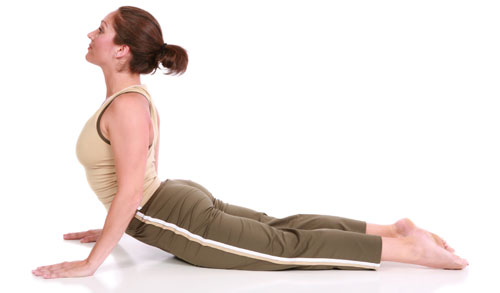 Researchers at the University of Tasmania, in Launceston, evaluated the effects of a Pilates on balance and function in community-dwelling elderly adults.
Researchers at the University of Tasmania, in Launceston, evaluated the effects of a Pilates on balance and function in community-dwelling elderly adults.
First, the details.
- 59 ambulatory older community-dwelling adults were randomly assigned to a treatment group for 5 weeks.
- Pilates training
- Usual activity (control)
- 6 weeks later they switched treatments.
- Static and dynamic balance and leg strength were recorded 4 times before and after each treatment.
- Static balance is maintaining balance while still, and dynamic balance is maintaining balance while moving.
And, the results.
- There were no significant differences between the groups in function despite significantly improved balance.
- Improvements that occurred during Pilates did not return to baseline levels.
- There were no changes in leg strength.
- Mediolateral sway (back and forth, forward and back) standing on a foam cushion with eyes closed improved, with the largest effect after Pilates.
The bottom line?
The authors concluded, “Although there were no significant between-group differences, participation in the Pilates component of the study led to improved static and dynamic balance.”
They suggest that the absence of differences between the groups may be a consequence of too few people studied or because the benefits of Pilates were maintained when the participants in the control group crossed over to the Pilates treatment.
Several months ago, a review of the published evidence for Pilates in healthy people concluded, “The studies were poorly done. So, we don’t really know any more now than before the studies were run.”
2/21/12 21:45 JR